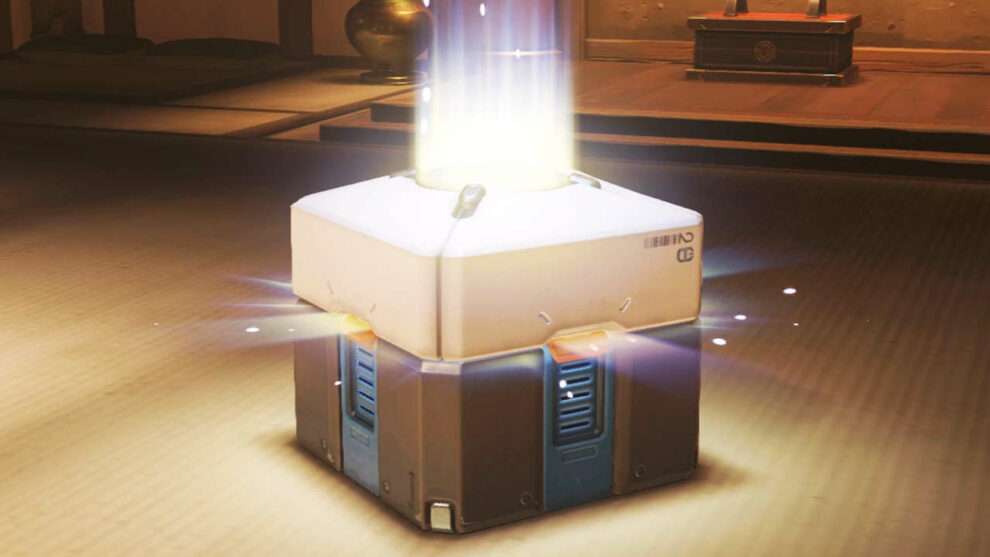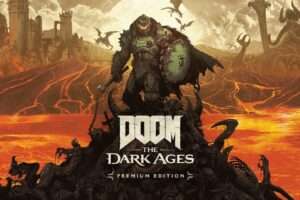When Blizzard announced the return of loot boxes to *Overwatch 2* in Season 15, reactions were mixed. For long-time fans deeply entrenched in the game’s community, it felt like a victory—a nod to nostalgia and player feedback. But for outsiders looking in, the decision might seem perplexing, if not outright baffling. After all, aren’t loot boxes one of the most controversial forms of microtransactions in gaming? Why would Blizzard reintroduce them, especially after removing them when *Overwatch 2* launched in 2022?
To understand this move, we need to delve into the history of how cosmetics worked in both versions of the game and why some players are eager to see loot boxes make a comeback.
When Overwatch 2 debuted, Blizzard overhauled its monetization system entirely. Gone were the random loot boxes that had been a staple of the original game since its launch in 2016. Instead, the sequel introduced an in-game store where cosmetics rotated weekly and could be purchased with either real money or in-game currency earned through gameplay. This shift marked a significant departure from the original game’s model, which allowed players to unlock loot boxes as they leveled up, offering a chance at rare skins, emotes, and other cosmetic items. While these boxes relied on randomness, everything was theoretically obtainable for free—albeit slowly and unpredictably.
For many veteran players, this new approach felt overly transactional. In *Overwatch 2*, desirable skins became locked behind paywalls, requiring substantial financial investment or grinding through countless hours of playtime. Players who had grown accustomed to the thrill of opening loot boxes—and occasionally striking gold with a coveted legendary skin—found themselves frustrated by the lack of surprise and accessibility. The old system wasn’t perfect—it encouraged spending real money for guaranteed results—but it also offered a free path to progression, even if it required patience.
This dissatisfaction fueled calls for the return of loot boxes. Fans argued that the original system struck a better balance between rewarding dedication and encouraging optional spending. By reintroducing loot boxes, Blizzard appears to be acknowledging this sentiment while addressing concerns about exploitation. However, the company has taken steps to ensure this iteration is less predatory than before.
In interviews leading up to the announcement, Overwatch 2 director Aaron Keller emphasized that the new loot boxes won’t include direct purchases with real money. Instead, they’ll be available exclusively through the battle pass and completion of challenges, ensuring that players can only earn them through gameplay. Additionally, duplicate items will now allow for rerolls, reducing frustration and waste. These changes aim to preserve the nostalgic charm of loot boxes while minimizing their exploitative nature.
Blizzard’s transparency extends further with the inclusion of explicit drop rates, giving players a clearer understanding of their odds. Unlike the original loot boxes, which often left players feeling like they were throwing money into a black hole, this updated version aims to provide more clarity and control. It’s worth noting that these adjustments align with broader industry trends toward greater transparency in randomized rewards systems, driven partly by increasing scrutiny from regulators and consumer advocacy groups.
Despite these safeguards, questions remain about whether loot boxes—even in their revamped form—are truly beneficial for players. Critics argue that introducing any element of randomness into a game’s economy risks fostering unhealthy habits, particularly among younger audiences. Others point out that the very existence of loot boxes reinforces the idea that cosmetic items should be tied to luck rather than effort or merit.
From Blizzard’s perspective, however, the return of loot boxes serves multiple purposes. First, it caters to a vocal segment of the player base nostalgic for the original game’s mechanics. Second, it provides an alternative method of obtaining cosmetics outside the confines of the in-game store, potentially alleviating some of the criticism directed at Overwatch 2’s monetization strategy. Finally, it taps into the emotional resonance of nostalgia, capitalizing on memories of joyous discoveries and triumphant unlocks.
It’s important to recognize that Blizzard isn’t abandoning its current monetization framework. The in-game store remains a central feature, and high-value cosmetics will still require significant investment—whether in time or money. What the new loot boxes offer is another avenue for progression, one that harkens back to the days when every level-up brought the possibility of something exciting.
The timing of this change is also noteworthy. With Season 15 set to launch on February 18, Blizzard may be hoping to reignite interest in *Overwatch 2*, which has struggled to maintain momentum since its release. Reintroducing loot boxes alongside other nods to the original game—such as classic modes and the beloved 6v6 format—could help bridge the gap between longtime fans and newer players, creating a shared experience rooted in shared history.
Ultimately, the success of this initiative depends on execution. If implemented thoughtfully, the new loot boxes could strike a chord with players without alienating those wary of gambling-like mechanics. They might even serve as a reminder of what made the original *Overwatch* so special: a sense of discovery, community, and fun that transcended mere competition.
Of course, not everyone will embrace this decision. To skeptics, the return of loot boxes might feel like a step backward, reinforcing outdated practices that prioritize profit over player satisfaction. And while Blizzard’s efforts to mitigate exploitation are commendable, they don’t erase the controversy surrounding such systems altogether.
Regardless of personal opinions, the reintroduction of loot boxes underscores the complexities of modern game development. Balancing innovation with tradition, revenue generation with player experience, and creativity with responsibility is no easy task. Blizzard’s choice reflects a calculated gamble—one that seeks to honor the past while navigating the challenges of the present.
As *Overwatch 2* enters its next chapter, players will soon discover whether this nostalgic nod resonates as intended or falls flat under scrutiny. One thing is certain: the debate over loot boxes and their place in gaming will continue, fueled by evolving expectations and shifting societal norms. For now, though, the little glowing chests are back—and with them, perhaps, a renewed spark of excitement for a franchise striving to find its footing once more.
















Add Comment